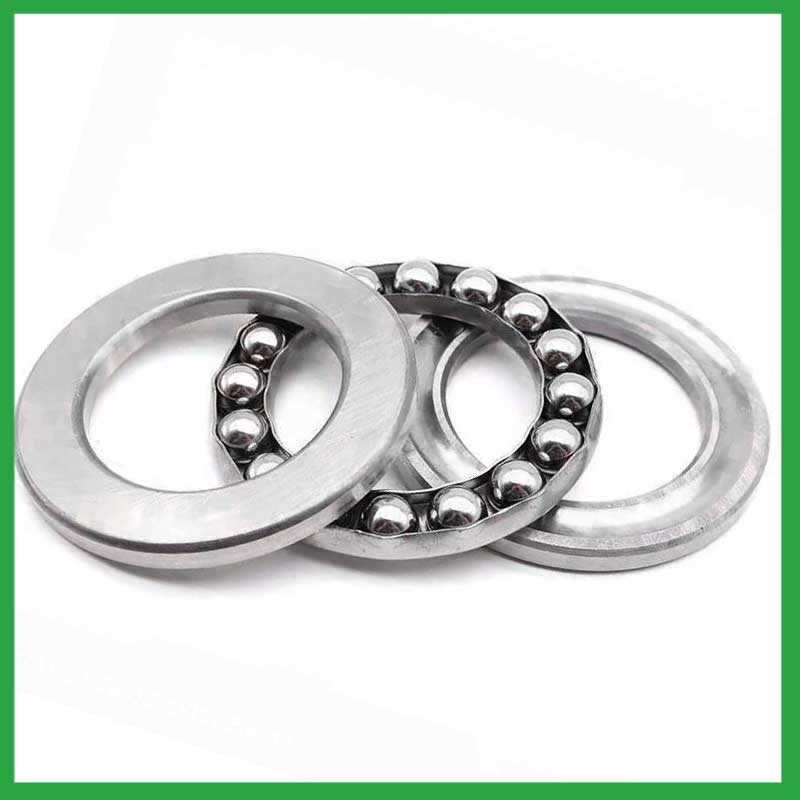PRODUCTS
CONTACT US
Ningbo Nide International Co., Ltd.
一一
· Contact person:Jack Zeng
· Mob/Whatspp/WeChat:0086-13738869026
· Email:emarketing@nide-group.com;marketing4@nide-group.com
· Add:No. 169, Wohushan Road, Daqi Subdistrict, Beilun District, Ningbo, China

Nide team could manufacture ball bearing as per customer’s drawing and samples.
If customer only has samples, we could also design drawing fo r our customer.
We also provide customized service.
Our ball bearing is widely applied the different industrials.
Haishu Nide International was founded in 2010 and is located in the high-tech zone of Ningbo, the industrial center of China. It is very close to Ningbo Port and Shanghai Port. We products products including fan,motor cover and lamination,commutator,thermal protector,carbon brush,insulation paper,ball bearing, etc The product is widely used in industries such as electric automotive motor,single and three phase induction motor,fan motor,air condition motor,electric bicycle motor,compress motor,BLDC motor.
In addition to building machines internally and controlling their quality and service system, we also provide customers with some auxiliary machines outsourced from other professional manufacturers. Its purpose is to reduce additional work for customers and alleviate concerns about quality issues. With excellent service, unique philosophy, professional team, and reliable quality, we have gradually won the trust of global customers.
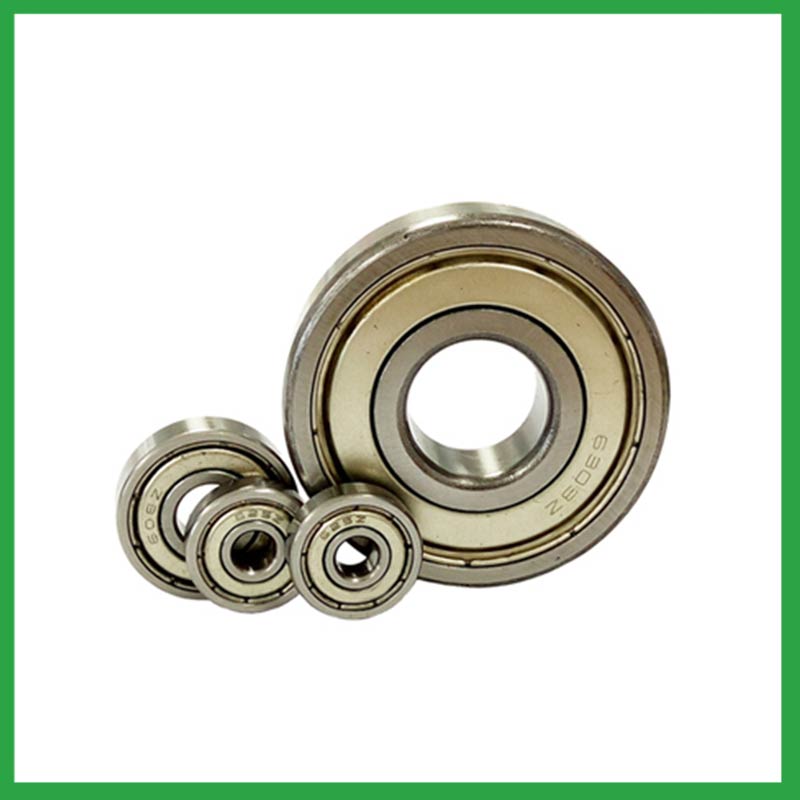
| Parameter | Information |
| Product Name | ball bushing bearing |
| Place of Origin | Ningbo,Zhejiang,China |
| Brand Name | Nide |
| Material | ceramics, etc. |
| Type | Ball |
| Warranty | 3months-1year |
| Port | Ningbo/Shanghai |
| Application | high-speed electric tools, etc. |
| Size(mm) | customize |
| Color | gray+customized |
| Precision Rating | as per customer's requirement |
| Certification | ISO 9001 Certification,CE-stator coil forming machine,ISO9001:2015 certificate,etc |
| Feature | Simple structure,Low Noise...etc |
| Packaging Details | Suitable for sea transportation |
| Service | one-stop service |
| Model Number | ball bearing |
| Supply Ability | 100000-500000 Piece/Pieces per Month |
| Lead time (days) | 15-20 (To be negotiated) |
Please note: The above table data is for reference only. For specific information, please contact us.
ball bushing bearing require thrust for installation, which can be achieved by using a combination ring made of steel sleeve and transmission rubber, or by using an adjustment plate to tighten the bolt to form a combination ring installation structure.
During the installation process, pollution from dirt and wear media should be prevented;
Temperature and humidity should be controlled to avoid excessive temperatures during startup and operation;
It should be operated and lubricated in the correct reverse direction to avoid unnecessary damage.
Ball bearings have many advantages, making them highly competitive in the market.
Firstly, they are very durable and have good wear performance, making their service life longer than many other types of bearings.
Secondly, they are easy to install and can provide low friction performance in various applications.
Thirdly, they require a relatively low level of maintenance, making them cost-effective.
In addition, compared to many other types of bearings, their purchase cost is relatively low, making them an economical choice.




ball bushing bearing---FAQs Guide
2.What is the role of ball bushing bearing in reducing friction and energy loss in rotating machinery?
3.Can ball bushing bearing handle shock loads and high-impact conditions in heavy machinery?
4.How do ball bushing bearing handle radial loads, axial loads, and combined loads, and what are their load-carrying capacities?
5.Are there specific ball bushing bearing designed for applications in the aerospace and aviation industries, and what standards do they adhere to?
6.Are there hybrid ball bushing bearing that combine steel rings with ceramic balls to optimize performance in demanding applications?
7.About ball bushing bearing,What about the lead time?
8.What are the common materials used in ball bushing bearing manufacturing?
9.What are the considerations for selecting sealed or shielded ball bushing bearing to protect against contamination and retain lubrication?
10.What is the typical noise level associated with ball bushing bearing, and how are noise-reduction techniques applied?
11.What are the after-sales services available for ball bushing bearing?
12.How do preload adjustments in ball bushing bearing affect their performance and suitability for high-precision tasks?
1.About ball bushing bearing,Will you check the products before shipment?
Yes, We have a professional QC team. Products will be strictly inspection before shipment.
2.What is the role of ball bushing bearing in reducing friction and energy loss in rotating machinery?
ball bushing bearing reduce friction by using smooth balls lubricated with oil or grease that freely roll between a smooth inner and outer surface. The main concept of the ball bearing is that objects that roll past each other produce less friction than if the objects were sliding against each other.
3.Can ball bushing bearing handle shock loads and high-impact conditions in heavy machinery?
As a general rule, ball bushing bearing are used at higher speeds and lighter loads than are roller bearings. Roller bearings perform better under shock and impact loading. Ball bearings tolerate misalignment better than roller bearings do. Roller bearings can handle heavy combined radial and thrust loads.
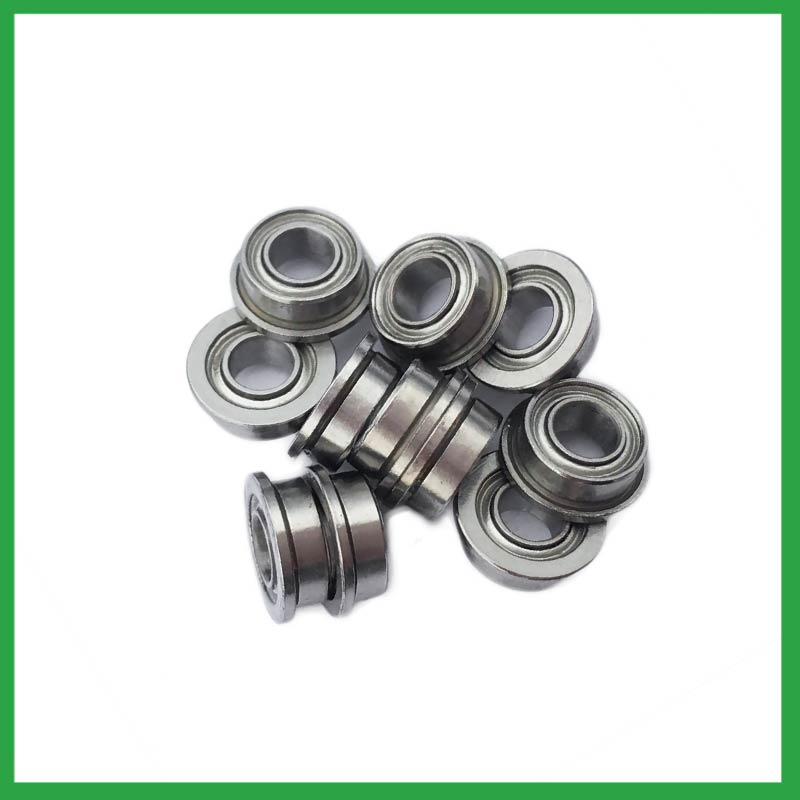
4.How do ball bushing bearing handle radial loads, axial loads, and combined loads, and what are their load-carrying capacities?
The type of bearing used also varies between these loads. While deep-groove ball bushing bearing are better equipped to handle radial loads, thrust ball bearings are designed for axial loads. However, it's essential to note that most bearings, such as angular contact ball bearings, can handle both radial and axial loads.The Bearing Static Capacity, Co, is the maximum load that can safely be applied to a non-rotating bearing that will not cause subsequent bearing operation to be impaired. It is based on calculated contact stress at the center of the most heavily loaded rolling element where it contacts the Inner Race.
5.Are there specific ball bushing bearing designed for applications in the aerospace and aviation industries, and what standards do they adhere to?
Airframe control ball bushing bearing are specialized bearings tailored for aircraft structures, particularly control systems and surfaces. Designed for low-speed oscillatory applications, they offer precision and support, effectively managing misalignments and flight-induced stresses.
Airframe Control bearings are lightweight, corrosion-resistant, grease-lubricated, and are sealed on most occasions. They come in precision grades for running accuracy.
6.Are there hybrid ball bushing bearing that combine steel rings with ceramic balls to optimize performance in demanding applications?
Hybrid Ceramic ball bushing bearing. Ceramic ball bearings (also known as hybrid bearings) are the one component that'll easily optimize the performance of your application. Hybrid bearings have ceramic (silicon nitride, Si3N4) balls and 52100 bearing steel rings.
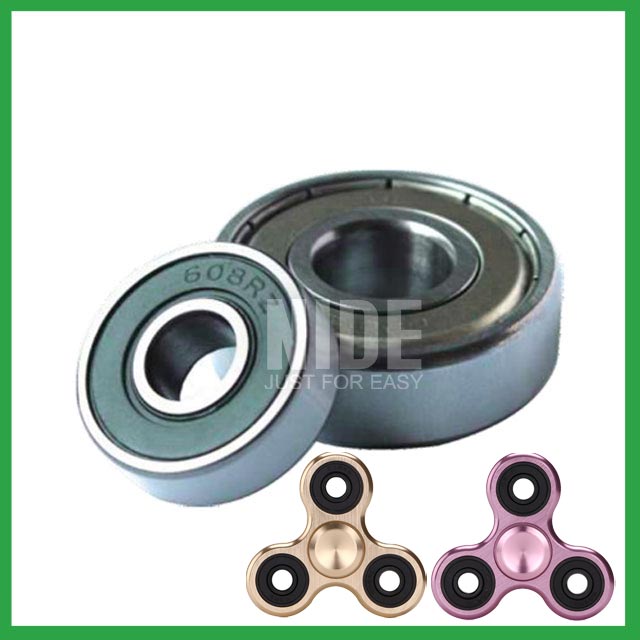
7.About ball bushing bearing,What about the lead time?
3-7 days for samples, 3-4 weeks for mass production.
8.What are the common materials used in ball bushing bearing manufacturing?
Most ball bushing bearing are made of a type of steel known as high carbon chromium steel, often called chrome steel. This is used for reasons of cost and durability. Bearings are also made from other materials such as stainless steel, ceramics and plastic.
9.What are the considerations for selecting sealed or shielded ball bushing bearing to protect against contamination and retain lubrication?
First, the environment in which your ball bushing bearing operate in can help you identify potential contaminants, allowing you to select your shields or seals accordingly. For example, shielded bearings have a gap that can allow finer contaminants or water from washdown applications to enter the bearing and get into the raceways.The challenge for sealing bearings is to seal the bearing by protecting the bearing from contaminants and running efficiencies.
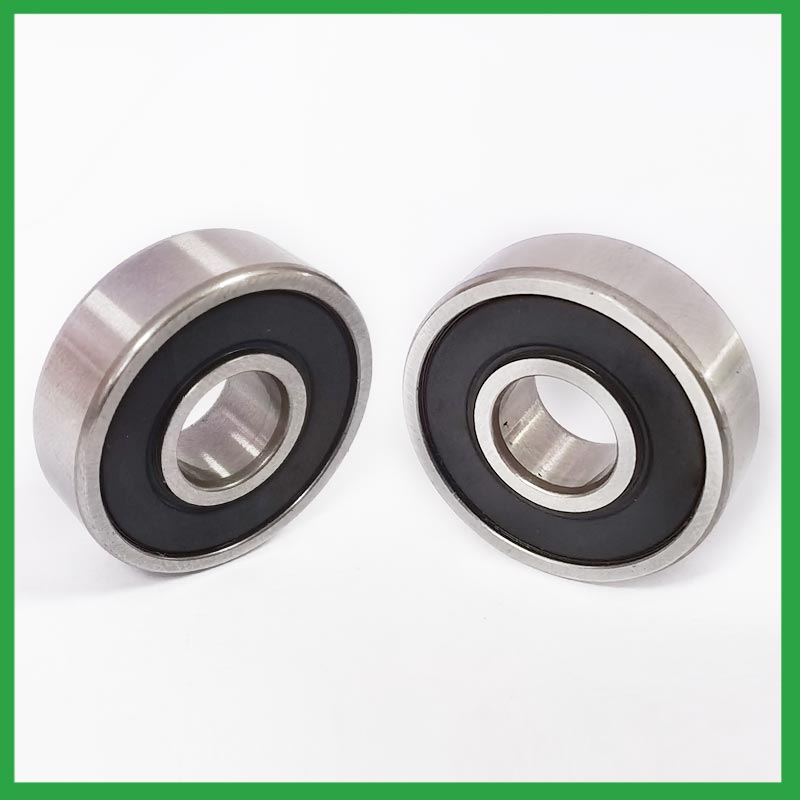
10.What is the typical noise level associated with ball bushing bearing, and how are noise-reduction techniques applied?
To measure in accurate way the ball bushing bearing noise under rotation during their manufacturing process is a key activity particularly in the production of medium, small and ultra-small deep groove ball bearings. This capability in bearings noise analysis has become the real distinguishing element between a standard bearings noise equipment and a superior class one.
The various types of vibration and sound in rolling bearings can be grouped in four main categories: structural, manufacturing, handling and other. The structural vibration consists mostly of race, click, squeal and cage noise: it can be continuous or intermittent depending on specific cases. The manufacturing vibration is instead related to the waviness noise generated by the geometrical imperfections of inner and outer ring and of rolling elements, being always continuous in nature. The so-called handling vibration is normally associated with flaw and contamination and is generating – in most of the cases – irregular noise. Then there are other types of vibrabition that include noise generated by sealing and lubricant (irregular) or by runout (continuous).
11.What are the after-sales services available for ball bushing bearing?
If you find problems or failures in the assembly or use of the bearings , which needs to consult and other services, please feedback to Nide International in time.
12.How do preload adjustments in ball bushing bearing affect their performance and suitability for high-precision tasks?
Benefits of Preloading a Bearing
Optimizes the ball spin to roll ratio.
Increases the rigidity of an application.
Protects from excessive ball skidding.
Decreases application vibration and sliding friction.
High running accuracy (even if load conditions keep changing)
Increases bearing load capacity.
